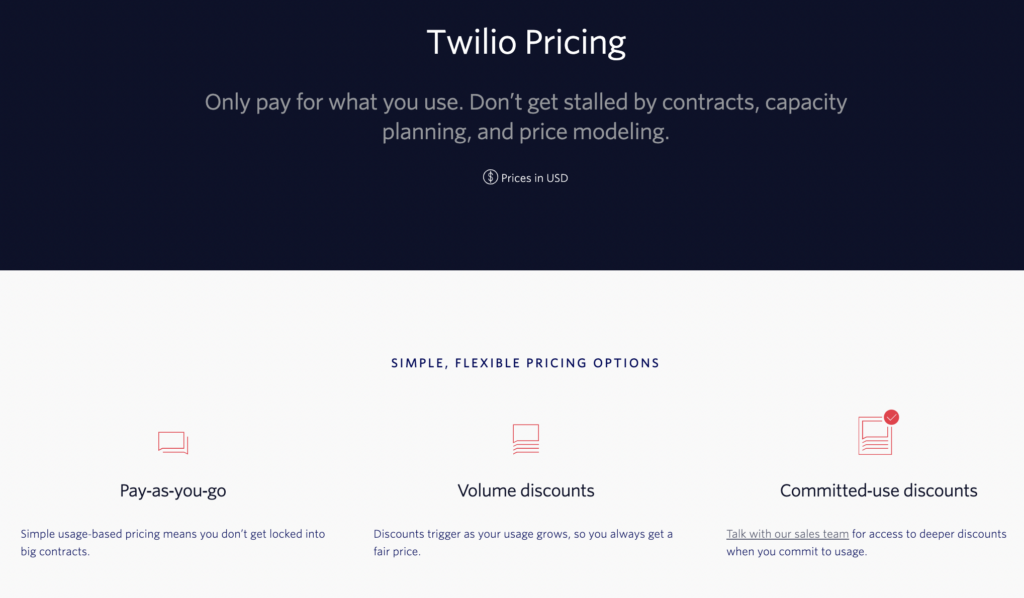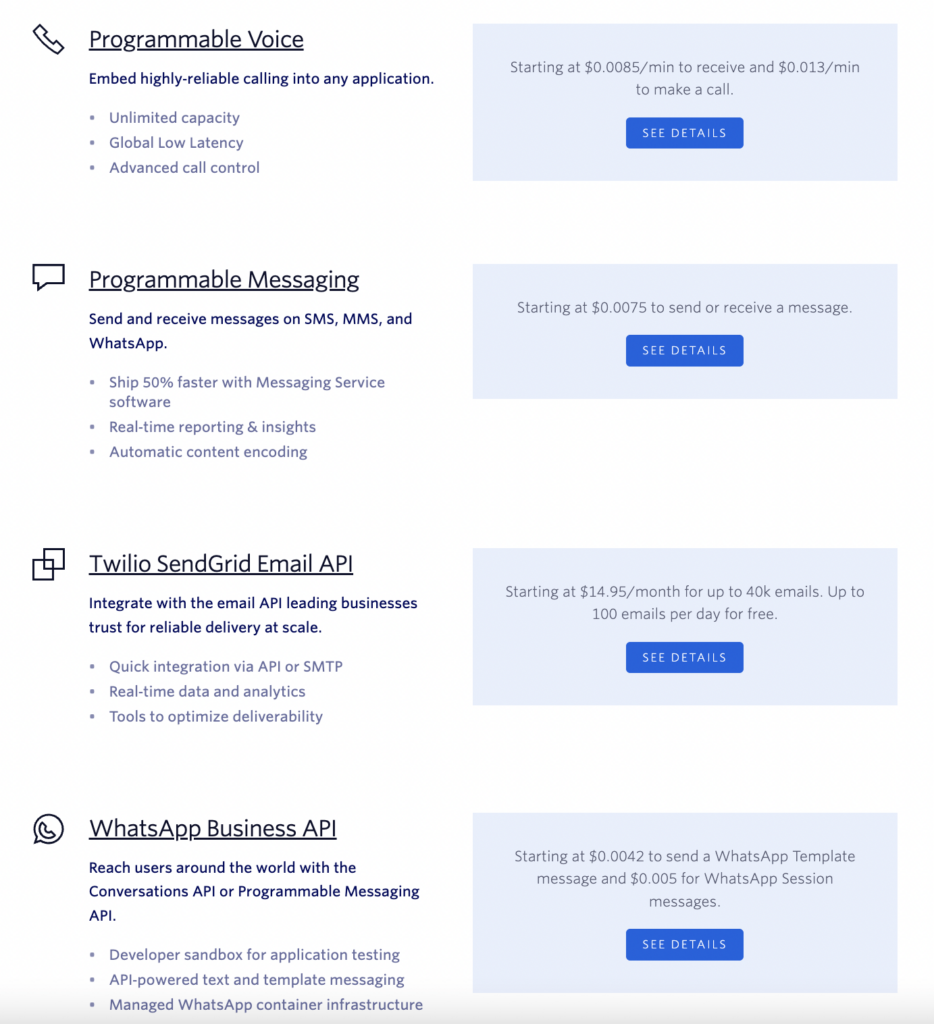
During my last startup (loongames.com), I really didn’t know how much to charge for developing games for my clients. So I asked other startup founders for help. They told me how they did it and I came up with a simple way to price my team’s services. For every project, I multiplied my expenses by 3 (lower limit) and multiplied by 5 (upper limit) to arrive at the price.
So if my operational expenses were $2000 per month to create the product, I would start negotiations with $10,000 and could come down to $6,000 per month. If it was lower than that, I backed out from the deal.
I once charged $12K and delivered a finished product as per the client’s requirement. It took away time, energy and finances from my startup. The final margin after considering scope creep, bug fixes, maintenance, etc wasn’t really going to cover the salaries. So I basically delivered an amazing project to a client by covering expenses out of my own pocket and taking a loss.
Why you should love Competitor Analysis!
After a few months when I started looking at similar products in the market, the pricing models forced me to sit up and take notice. I noticed they were around $50K monthly, recurring. And I had delivered the same value by charging just 4% of the price (assuming 6 months retention) that users were already willing to pay. If I had done my homework and studied the market before quoting a price, I might have earned at least 10-15 times more revenue with the same effort.
That was a crude way of getting to a price point. But in my defense, it was my first time creating an actual business back then. I was just splashing around, trying to find out how to make the startup work. If I could go back in time and give pricing advice to my younger self, it would be this.

“Fix a price by figuring out how much the customer will pay, not how much you think you should charge”
Because you might end up charging less than what your customers are willing to pay and lose your time and brand value in the process. Or you might charge too much, way above the market and lose customers. Do your homework. Study the market and your competitors to come up with a realistic price your customers will be happy to pay.
Product Pricing Models
Fixed Fee & Duration based
Users pay a flat fee (billed monthly, yearly, or one time) to get access to the product. It is not limited by users, usage or features. As long as you keep paying the fixed fee, you will be able to use all features of the product. We offer the entire product for the given price.
Usage based
Users pay based on the resources that they use. For products like web hosting, the usage can be measured with bandwidth, processing. For other products it can be number of minutes used etc.

Feature based
You package the tiers by product features with separate pricing for each (billed monthly or yearly). We target each tier at a particular stage in the marketing funnel. You can work towards pushing users from your lower tier to the upper tier by messaging or discounts to increase revenue.
User + Feature based
We create tiers based on the number of users (billed monthly or yearly) to target low MRR to high MRR users. The customer team will have to pay a fee for every seat or user that uses the product.
We mix per seat pricing with feature based pricing in order to offer more value to all tiers instead of pure user-based tiers.
Product Pricing Strategies
Cost plus pricing
This is the simplest strategy that you can use. As we have seen above, a lot of things can go wrong here. With a SAAS product, it simply doesn’t scale well. Let’s see how it is done.
For Services: Price = Expenses + Margin
For Product: Price = Customer Acquisition Cost (CAC) + Operating Cost + Margin
If CAC is $50 and your margin is 40%, then your product pricing will be
50 [CAC] + (0.4*50) [Operating Cost] = 50 + 20 = $70 [Price]Competitor based pricing
Here you study your market competitors and charge based on how much they charge. You can’t consider your own costs, margins and strengths and rely on what others charge. It doesn’t give you a lot of control over your own pricing, but will help you stand in the market and value yourself based on similar products.
Penetration pricing
If your goal is to increase market share and not revenue, you should use this pricing. This is a bit risky because you might be considered as a low value product. Secondly, you will be selling at a loss or barely make any profits which will hamper your revenue. But if your market share increases, your operating expenses will increase as well. You might need to hire more people or increase your server instances. You should do this only if you can take losses and sustain in the long term till you start to jack up the prices.
Value based pricing
Here you need to understand your user behavior and segment users based on the marketing funnel. You can create feature-based tiers based on your customer insights and add real value. You compete with other products based on value and not price. This helps to protect you in case of price wars. If a bigger competitor starts penetration pricing to win over market share, your customers will still be loyal to your product as they are using it because of the value it offers them and not it’s price.
Make sure to click on subscribe if you like this post and would like to be notified about new posts!
Featured Image by jcomp on Freepik
Read More:
How to create GTM Strategy for a B2B product




Leave a Reply